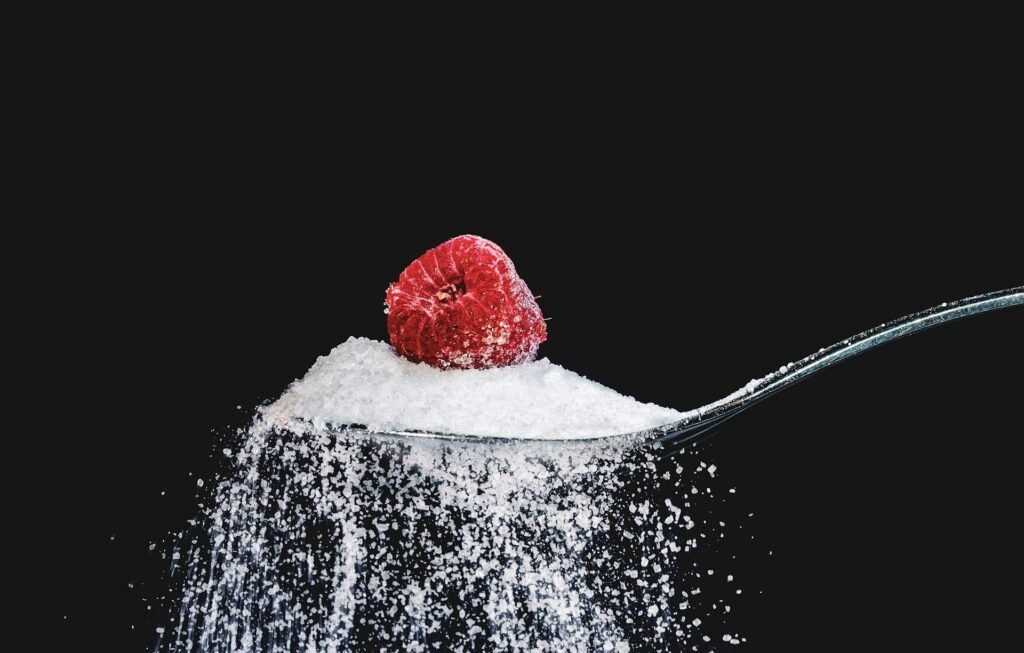From the decadent desserts of high tea to the iconic sweets of the city’s markets, sugar has played a transformative—and sometimes controversial—role in London’s culinary and economic history. The story of sugar in London is as layered as a Victorian sponge cake: rich, complex, and not without its darker notes.
Early Beginnings: A Rare Luxury
Sugar was first introduced to England during the medieval period, brought over by returning Crusaders and Middle Eastern traders. In those early days, sugar was an expensive, exotic luxury—used sparingly by the wealthy as a spice or medicinal ingredient. By the 14th century, sugar was available in apothecaries, prescribed for ailments from indigestion to melancholy.
London, as England’s capital and commercial heart, became one of the primary consumers of this new delicacy. Imported through ports such as London and Bristol, sugar was stored in spice shops and sold in cone-shaped loaves, which had to be grated or chipped off in small amounts.
The Rise of the Sugar Trade
By the 17th century, sugar had evolved from a luxury to a staple. This transformation was driven largely by the expansion of Britain’s colonial empire and its involvement in the transatlantic slave trade. Plantations in the Caribbean, particularly in Jamaica and Barbados, produced vast quantities of sugar using enslaved labor. The raw product was shipped to Britain, where cities like London became major centers for refining and distribution.
Refineries sprang up along the Thames, especially in areas like Wapping and Whitechapel. These early industrial sites helped solidify London’s place in the global sugar economy. But this prosperity came at a human cost. The sugar boom was inextricably link to slavery, exploitation, and colonialism—realities that are increasingly acknowledg in modern historical discourse and museum exhibitions.
Georgian and Victorian Sweet Tooth
As sugar became cheaper and more widely available, it started appearing in a growing range of foods. By the 18th century, Londoners of all classes could afford sugar for baking, preserving fruit, and sweetening tea—an increasingly popular drink imported from China and India.
The 19th century saw an explosion in sugar consumption. With the Industrial Revolution, new methods of mass production led to a burgeoning confectionery industry. Companies like Tate & Lyle—still a household name today—rose to prominence, producing refined sugar on a massive scale. Londoners were introduce to boil sweets, toffee, and the earliest versions of what we now call candy.
Victorian London’s children, immortalized in the pages of Charles Dickens’ novels, often longed for sugary treats displayed in shop windows. At the same time, the link between sugar and poverty became stark: while sweets were cheap, their empty calories contributed to malnutrition in poor urban areas.
20th Century and Beyond: Health and Heritage
In the 20th century, sugar’s popularity remained strong, bolstered by wartime rations, the growth of supermarkets, and a cultural emphasis on home baking. Yet awareness of sugar’s health impacts began to grow. By the late 1900s, doctors were sounding the alarm on sugar’s role in tooth decay, obesity, and diabetes.
In recent decades, London has witnessed a sugar renaissance of a different kind. Artisanal sweet makers, nostalgic candy shops, and gourmet bakeries celebrate traditional recipes while innovating new ones. Simultaneously, a health-conscious movement has inspired reduced-sugar and sugar-free alternatives, signaling a shift in public taste.
The history of sugar in London is a tale of contrasts: indulgence and exploitation, joy and injustice, tradition and transformation. Whether viewed through the lens of culinary delight or colonial legacy, sugar’s story is deeply embed in the city’s past—and continues to shape its future.

